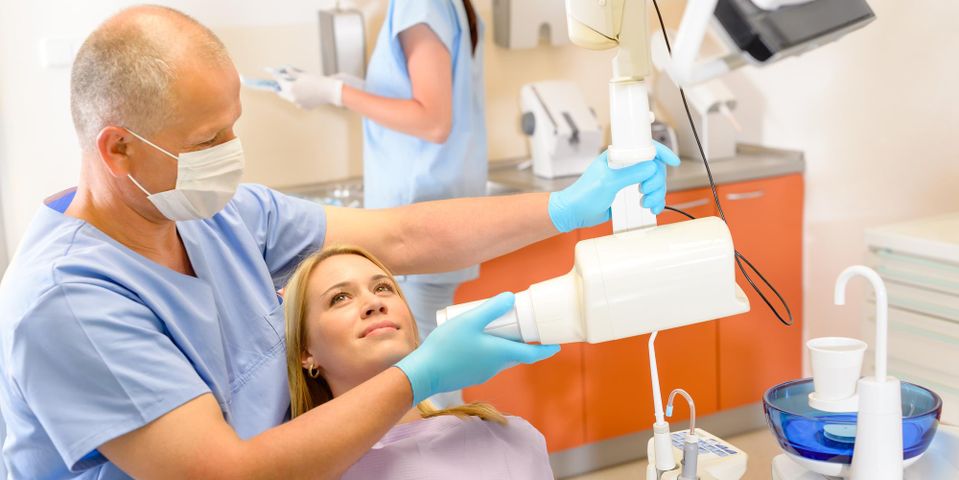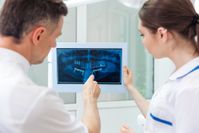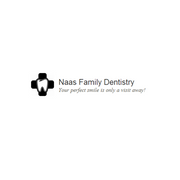How X-Rays Have Transformed the World of Dental Care

From detecting broken bones to diagnosing pneumonia, X-rays are commonly used in all corners of the medical world—including that of dentistry. Throughout modern history, this form of diagnostic imaging has transformed the way dentists evaluate patients and make treatment decisions. But since getting an X-ray is a fairly routine process, it’s easy to forget about just how powerful this technology is—and how it can help protect your oral health. In honor of World X-Ray Day this November 8th, here are a few interesting details every dental patient should know about this impressive and versatile tool.
How Were X-Rays Developed?
As a vital part of the modern medical world, it may surprise you to learn that X-rays have been around since 1895. It was at this time when Wilhelm Konrad Röntgen—a German physicist—discovered a wavelength of electromagnetic energy, now known as the X-ray. Röntgen found that when this energy was directed toward the human body, its light would only be absorbed by dense materials—such as bones and some soft tissues. Using photographic plates, this absorption effect could produce an image of the underlying structures of the human body.
How Do Dentists Use X-Rays?
One year after Röntgen introduced the X-ray to the world, an American dentist named Charles Edmund Kells applied the technology to create the first diagnostic image of the human mouth. While the X-ray has greatly evolved since its first use, it has continued to improve dental care in significant ways. Most notably, this technology allows dentists to accurately detect oral health problems without having to perform invasive surgery.
 Since many dental health problems cannot be detected by the naked eye, X-rays are an invaluable resource for observing many potential issues. For example, this technology is used to identify cavities, infected root canals, and alignment issues, as well as track the development of incoming teeth—such as wisdom teeth.
Since many dental health problems cannot be detected by the naked eye, X-rays are an invaluable resource for observing many potential issues. For example, this technology is used to identify cavities, infected root canals, and alignment issues, as well as track the development of incoming teeth—such as wisdom teeth.
How Are Today’s X-Rays Different From Previous Technology?
Today, most dentists use digital X-rays to get an in-depth look at their patients’ oral health. Compared to traditional film X-rays, digital technology captures images quickly and is a more comfortable process for patients.
X-rays have also improved patient safety by producing minimal levels of radiation—much less than what people may be exposed to in their normal daily lives. Digital X-rays also allow dentists to capture and store images on computers, allowing them to study and share results with incredible speed and precision.
When you want to find out what’s happening inside your mouth, Naas Family Dentistry is equipped to give you an in-depth view. Utilizing the latest dental technology, Dr. J. Matthew Naas D.M.D. can capture images of your oral health quickly, comfortably, and safely. Whatever the results, this caring dentist of Northern Kentucky offers state-of-the-art general, restorative, and cosmetic dentistry services to protect and restore your smile. To learn more about the ways this family dentist puts patients first, visit the clinic online. For appointments, call the Independence, KY office at (859) 363-9200.
About the Business
Have a question? Ask the experts!
Send your question

